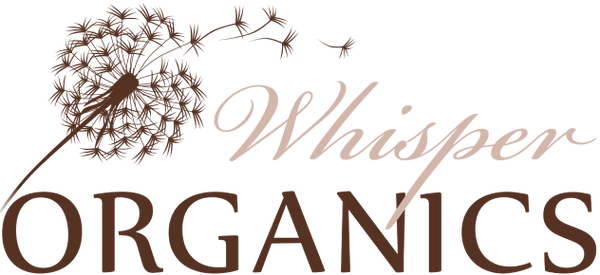Understanding the New OEKO-TEX® Organic Cotton Label: What It Means for Organic Consumers
As the demand for organic textiles grows, new certifications are emerging to help consumers make informed choices. One of the latest additions is the OEKO-TEX® Organic Cotton label. But what does it actually mean, and how does it compare to other well-known certifications like GOTS (Global Organic Textile Standard)? Here’s what you need to know.
What Is the OEKO-TEX® Organic Cotton Label?
The OEKO-TEX® Organic Cotton label certifies that a textile product contains at least 70% certified organic cotton and has been thoroughly tested for harmful substances. This label provides an extra layer of confidence for consumers who want to ensure their products are both organic-based and free from toxic chemicals.
Unlike OEKO-TEX® STANDARD 100, which primarily tests for harmful chemicals in textiles but does not require organic content, this new certification bridges the gap by ensuring both chemical safety and organic integrity.
When Does the OEKO-TEX® Organic Cotton Label Take Effect?
OEKO-TEX® introduced the Organic Cotton certification in April 2023 to provide more transparency in organic textile claims. However, a significant change is coming: starting April 1, 2025, OEKO-TEX® STANDARD 100 will no longer verify claims of organic or GMO-free cotton. Instead, only the OEKO-TEX® Organic Cotton certification will be able to make these claims, ensuring stricter verification and transparency.
How Does It Compare to Other Certifications?
While the OEKO-TEX® Organic Cotton label is a step forward in ensuring consumer safety and organic content, it differs from other certifications like GOTS, which has stricter requirements. Here’s a quick comparison:
-
Organic Content Requirements:
- OEKO-TEX® Organic Cotton: Requires at least 70% certified organic cotton.
- GOTS: Requires at least 95% organic cotton for full certification (or 70% for "Made with Organic" labeling).
-
Chemical & Safety Testing:
- OEKO-TEX® Organic Cotton: Tests for harmful chemicals to ensure the final product is free of toxic substances.
- GOTS: Prohibits toxic chemicals throughout the entire production process, including dyes and treatments.
-
Environmental & Ethical Standards:
- OEKO-TEX® Organic Cotton: Primarily ensures consumer safety but does not regulate fair labor practices or environmental sustainability as strictly.
- GOTS: Enforces strict fair labor standards, sustainable practices, and full supply chain transparency.
Why Does This Matter for Consumers?
For shoppers looking for safer, chemical-free organic cotton, the OEKO-TEX® Organic Cotton label is a positive development. It provides assurance that the cotton is largely organic and has been tested for harmful substances.
However, if you prioritize a fully organic, ethically produced, and environmentally responsible product, you may still prefer GOTS-certified textiles, as they offer more comprehensive sustainability and labor protections.
Final Thoughts: A Step Toward Better Organic Assurance
The OEKO-TEX® Organic Cotton label is a welcome addition to the certification landscape, giving consumers another way to identify safer, organic-based textiles. While it does not replace GOTS in terms of sustainability and ethical labor practices, it provides an added layer of transparency, especially when it comes to chemical safety and organic verification.
With the new regulations taking effect in April 2025, consumers will have a clearer way to distinguish organic cotton products that meet strict testing standards. Whether you choose OEKO-TEX® Organic Cotton or GOTS-certified textiles, understanding these labels ensures that you’re making informed, responsible purchasing decisions.
![]()

